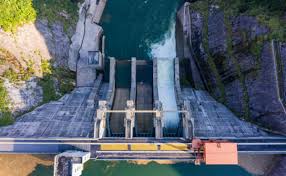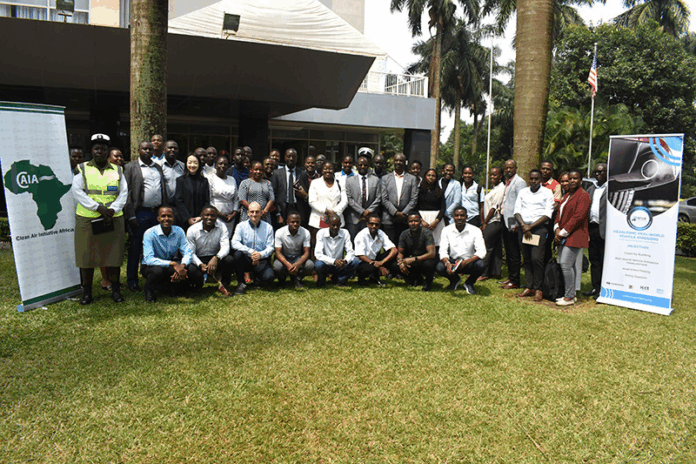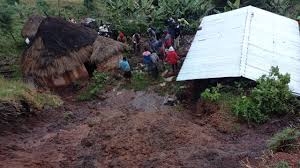China has begun construction on what is set to become the world’s largest hydropower dam, a massive $170 billion project along the Yarlung Zangbo River in Tibet. The announcement, made by Chinese Premier Li Qiang, has not only boosted confidence in China’s economic stimulus efforts but also stirred deep concerns among neighboring countries and environmental groups.
The project—China’s biggest hydropower undertaking since the Three Gorges Dam—will consist of five cascading hydropower stations capable of producing up to 300 billion kilowatt-hours of electricity annually. That’s roughly equivalent to the entire electricity consumption of the United Kingdom last year.
The dam is strategically located in a deep gorge in southeastern Tibet, where the river drops a dramatic 2,000 meters over just 50 kilometers, offering unparalleled hydropower potential.
The announcement sent Chinese capital markets soaring, CSI Construction & Engineering Index jumped to a 7-month high.
Shares of infrastructure and engineering firms like Power Construction Corporation of China and Arcplus Group surged by their daily 10% limit.
Tunnel equipment maker Hunan Wuxin and tech supplier Geokang Technologies saw 30% gains.
Cement and explosive materials companies based in Tibet also saw their shares hit the upper trading limit.
Experts say the project is a signal of large-scale economic stimulus, with potential for job creation, higher GDP contribution, and demand for raw materials such as cement, steel, and explosives.
“Mature hydropower projects can act like bonds—stable and dividend-paying,” said Wang Zhuo of Shanghai Zhuozhu Investment Management.
But he warned that speculative buying could inflate stock prices beyond fundamentals.
While China frames the dam as a critical step in meeting power demands in Tibet and central China, critics argue it comes at significant environmental and geopolitical cost.
NGOs fear irreversible damage to the Tibetan Plateau, one of the world’s most ecologically diverse regions.
There are no clear plans yet for how many people might be displaced.
Past projects like the Three Gorges Dam displaced nearly 1 million people.
India and Bangladesh, which lie downstream of the Brahmaputra River (into which the Yarlung Zangbo flows), have raised serious concerns.
They fear reduced water flows and potential ecological and agricultural impacts for millions of people.
“We’ve seen forests, farmland, and entire ecosystems altered in the past,” said an environmental advocate. “This could be far worse.”
China insists the project will have minimal downstream impact and pledges to prioritize ecological conservation during construction, but details remain vague.
Operations expected in the 2030s, after nearly a decade of construction.
The project is being managed by a newly created state-owned enterprise, China Yajiang Group.
While no official job figures have been released, similar past projects created hundreds of thousands of jobs.
The dam is seen not only as an energy solution but as a symbol of Chinese engineering ambition and a tool for economic revival amid slowing domestic growth.
The Yarlung Zangbo hydropower project isn’t just about energy—it’s about power, politics, and the future of shared natural resources in a rapidly warming world. As China pushes forward, the rest of the region—and the planet—will be watching.



